Trifolium gracilentum, Pinpoint Clover
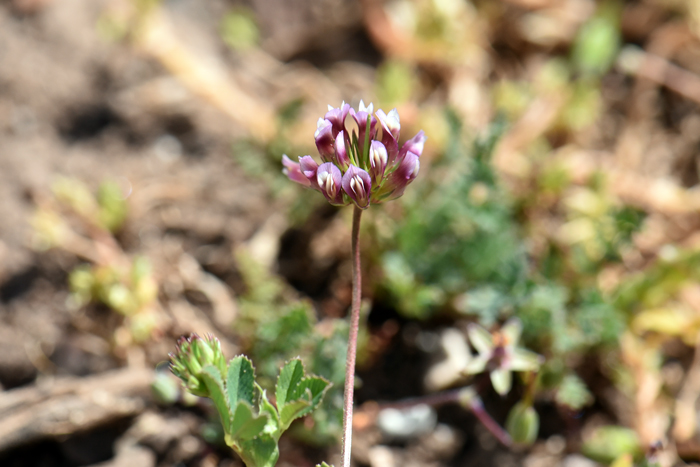
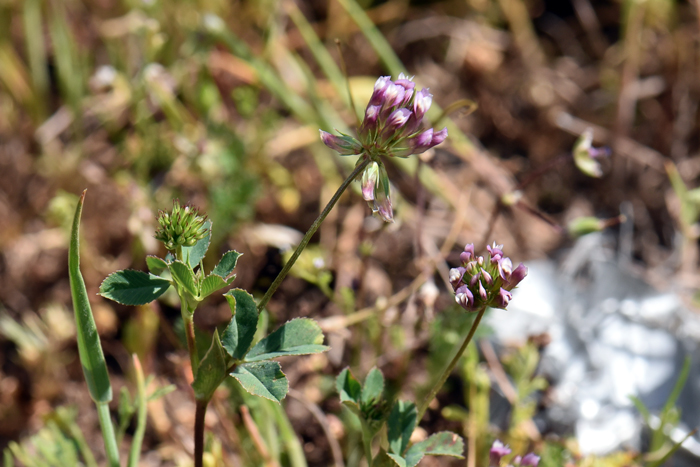
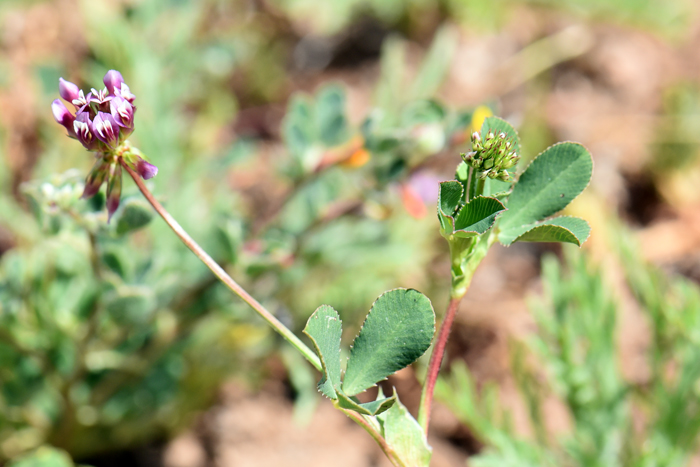
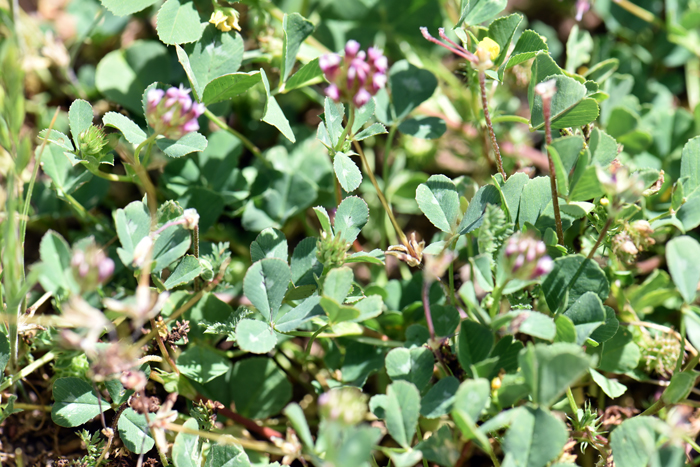
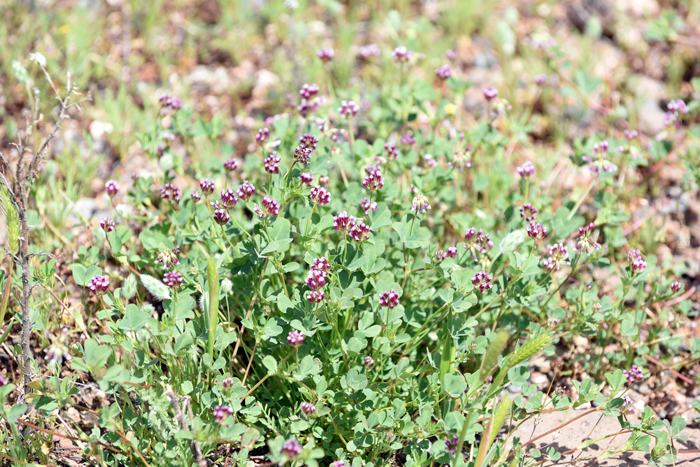
Scientific Name: Trifolium gracilentum
Common Name: Pinpoint Clover
Also Called: Pin-Point Clover, Slender Clover, Southern Island Clover
Family: Fabaceae or Leguminosae Family
Synonyms: (Trifolium gracilentum var. gracilentum, Trifolium gracilentum var. inconspicuum)
Status: Native
Duration: Annual
Size: 3 to 12 inches (7.6 to 30.4 cm) or more.
Growth Form: Forb/herb; stems and vegetation are mostly glabrous or slightly hairy; plants prostrate to erect.
Leaves: Green; palmately compound; leaflets variable, mostly glabrous.
Flower Color: Pink to reddish purple, purple in age, recurved; inflorescence an umbel, 3 to many flowers often turned to the side; fruit an indehiscent legume, seeds 1 or 2.
Flowering Season: March to May or June
Elevation: 2,500 to below 6,000 feet (762 to below 1,800 m)
Habitat Preferences: Open, disturbed areas, moist or dry areas, grassy areas near the ocean.
Recorded Range: Trifolium gracilentum is found along the west coast of the United and Arizona. It is also native to northwestern Mexico.
North America & US County Distribution Map for Trifolium gracilentum.
North America species range map for Pinpoint Clover, Trifolium gracilentum:
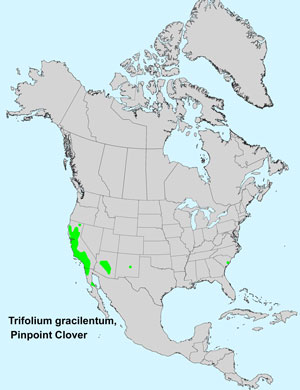
U.S. Weed Information: Unknown
Invasive/Noxious Weed Information: Unknown
Wetland Indicator: Unknown
Threatened/Endangered Information:Unknown
Genus Information: In North America there are 116 species for Trifolium. Worldwide, World Flora Online includes 367 accepted species name for the genus.
The genus Trifolium was published in 1753 Carl Linnaeus, (1707-1778).
In the Southwestern United States: Arizona has 20 species of Trifolium genus, California has 51 species, Nevada has 22 species, New Mexico has 19 species, Texas has 16 species, Utah has 18 species. All data approximate and subject to revision.
There are 2 varieties in Trifolium gracilentum;
Trifolium gracilentum var. gracilentum, Pinpoint Clover, (AZ, CA, OR, WA);
Trifolium gracilentum var. palmeri, Palmer's clover, (Channel Islands of CA).
Comments: According to the California Native Plant Society, (Calscape website), Pinpoint Clover is a likely host plant for 64 species of butterflies and moths including those listed below.
In Southwest Desert Flora also see Tomcat Clover, Trifolium wildenovii.
According to the California Native Plant Society, Pinpoint Clover is a likely host plant for 64 species of butterflies and moths, including those listed below. Likely host plants all belong to a known host genus for the butterflies and moths but the individual plant species have not been verified as host plants.
Find out more here from Butterflies and Moths of North America.
The genus Trifolium was published in 1753 Carl Linnaeus, (1707-1778).
The species epithet “gracilentum” is from the Latin words gracile, slender, graceful and gracilenta, slender; a reference to its graceful slender stems.
The taxon “Trifolium gracilentum” was described in 1838 by John Torrey, (1796-1873) and Asa Gray, (1810-1888).
See complete listing of ethno-botanical uses at Native American Ethnobotany, University of Michigan, Dearborn.

